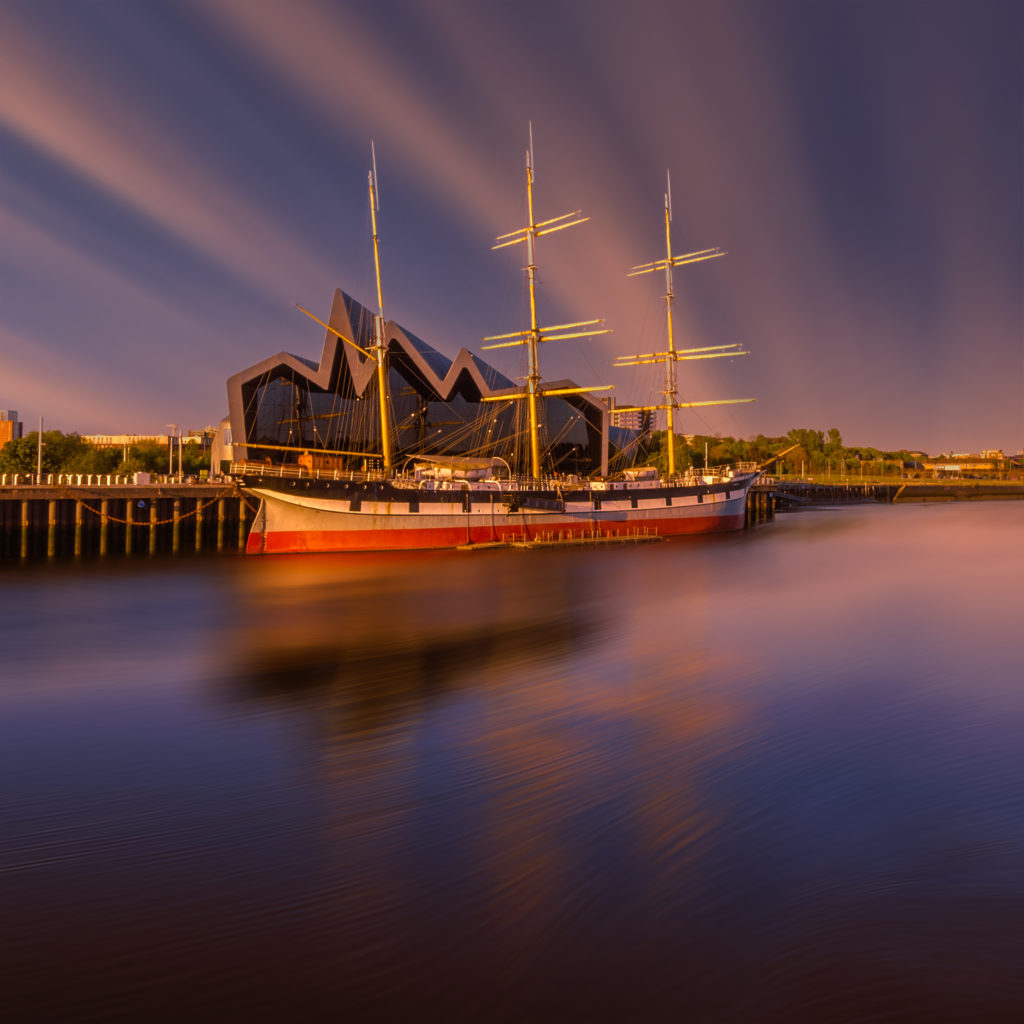Blog from Hannah Cunliffe, Director of National Historic Ships UK, on the future of heritage.
Shared in the lead-up to The Heritage Alliance’s Heritage Debate 2022: Heritage in 20 years.

Heritage in 20 Years: what will matter most?
When considering this question, I asked myself what matters most today – why do we engage with heritage and what are we trying to do? Why do those of us who work in the sector struggle to promote and safeguard the assets in our care – not for money or gain, but because we have made a personal connection, felt a sense of empathy or learnt from them in some way and want to pass on that sense of wellbeing to others, preserving these symbols of our past so that future generations can enjoy a similar experience.
Ships and boats are some of the most complex artefacts designed by the human hand. Diverse in size and type, they have generated cultural change on a grand scale, affecting people who never set foot on a vessel. Intertwined with places, objects and archives, their importance to the culture and history of the UK should not be underestimated. Over 1,700 craft covering a broad spectrum of functions and types (including warships, fishing vessels, leisure yachts and passenger ships) are currently listed on the National Register of Historic Vessels as surviving representatives of Britain’s maritime past, each with a story to tell.
In 20 years, undoubtedly some of these vessels will no longer be with us. They will be immortalized on the National Archive of Historic Vessels, recorded to our guidelines with digital 3D models, photogrammetry or artists’ impressions to bring them to life. We may still learn from and experience them in this new, removed form, but will no longer be able to climb on board, stoke their boilers or feel them heel to the sea. They may have fallen victim to the impact of climate change (see our report Climate Change & Maritime Heritage | National Historic Ships), the relentless pressure of rising temperatures on their wooden hulls, the frequent storm surges which could wreck them at their moorings, or the steady slow creep of coastal erosion destroying their supporting infrastructure and safe havens.
As we focus on the increasing threat which the changing environment poses to humanity, heritage losses may come to seem unimportant by comparison. And yet, these ships and boats of a bygone age retain the ability to help us save ourselves, to relearn almost forgotten skills, to grow a circular economy based on traditional techniques and materials, or to study the ocean in a new way. In this capacity, they may even gain a significance beyond their original meaning and come to play a different, crucial role in the future of mankind which their builders or designers could not have foreseen.
It is difficult to say whether the survival of the National Historic Fleet, challenges for operational craft, the focus on skills, training and facilities, or a further financial crisis will be the priority 20 years from now – however, that sense of individual association with our heritage will remain vital whatever wider pressures we may be facing. Heritage without people is nothing, so continued engagement, passion and enthusiasm for the sector, combined with an understanding of its value, will surely still be what matters most – and all else will flow from this.
– Hannah Cunliffe; Director, National Historic Ships UK

Explore other perspectives on ‘Heritage in 20 Years: what will matter most’ over on our event page for Heritage Debate 2022.

